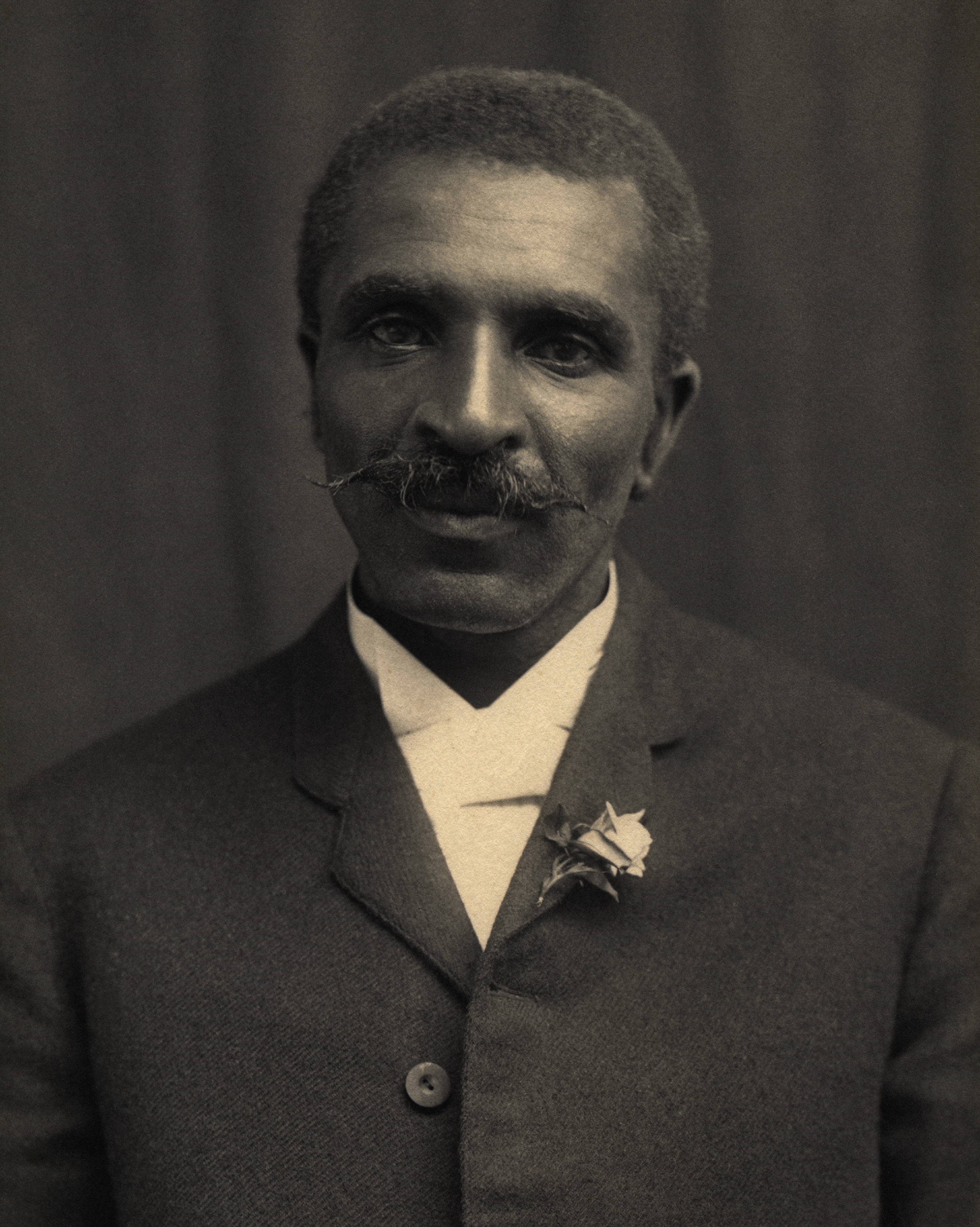
By Mark Kelly
For The Birmingham Times
As the 21st century progresses, biotechnology — the use of biological processes for scientific and industrial purposes — is one of the most dynamic and competitive fields for economic development and business growth. While the established tech centers on America’s west and east coasts continue to set the tone for that growth, communities and states across the nation are vying to emerge as biotech hubs, working to attract capital investment and create the jobs of the future.
Alabama is among the states with the highest potential to succeed. Driven by the presence of major research facilities in Birmingham and Huntsville, Alabama ranks among the top 10 states in America in the growth of funding for biotech research. Meanwhile Alabama’s biotech startups have drawn well over $100 million in venture capital over the past five years alone.
With all of the current success, it’s important to recall that Alabama’s biotech history began well over a century ago, with the groundbreaking work of Dr. George Washington Carver at what is now Tuskegee University. Carver arrived to head the Agriculture Department at Tuskegee in 1896 and taught there for 47 years, until his death in 1943.
During his time at Tuskegee, Carver became world famous for pioneering research into crops and farming techniques. Looking to improve the lot of Alabama’s poor farmers — most particularly former slaves, striving for self-sufficiency in the “New South” — he devised practical methods to wean them away from cotton, which exhausted the land by depleting nutrients in soil, and toward protein-rich crops such as sweet potatoes, soybeans and peanuts. Carver was also an innovator in land conservation and food preservation.
Even as Carver neared the end of his legendary life, Alabama’s biotech industry was taking another step forward, with the founding of the Alabama Research Institute. After its establishment in 1941, early development of the institute was stalled by the onset of U.S involvement in World War II.
But by May 1944, with the tide of war turning in favor of the United States and its allies, Alabama Power President Thomas W. Martin told a meeting of the Birmingham Chamber Commerce board of plans to raise money for what had become known officially as Southern Research Institute. Minutes of that meeting recount that Martin “expressed a desire to have the permanent headquarters of the Institute located in Birmingham,” and that the board “gave enthusiastic support and agreed to assist…in raising funds.”
Ultimately, Alabama Power committed $75,000 — nearly $1.3 million in 2018 dollars — over five years, with other donors accounting for an additional $100,000 in initial funding for staff and laboratory space. Today, the nonprofit Southern Research is one of the nation’s leading centers of scientific endeavor, with more than 400 scientists and engineers conducting research for clients in both the public and private sectors.
Among many other accomplishments, Southern Research has developed seven FDA-approved anti-cancer drugs. That work alone attests to the “real impact” of biotech on human life, says Watson Donald, director of external affairs for Southern Research.
“We can talk about economic impact, which is considerable,” Donald says. “But the real bottom line is outcomes improved — not just in Alabama, but across the country and throughout the world.”
Around the same time that Southern Research was established, Birmingham was selected as the site for expansion of the University of Alabama Medical College from a two-year to a four-year program. Two dozen of Birmingham’s leading businesses joined to commit an initial endowment of $160,000 — about $2.3 million today — and persuade the Jefferson County Commission to donate a city block for the development of the medical school.
Over the following two decades, the growing prominence of what became known as University Medical Center provided the foundation for the establishment of the University of Alabama at Birmingham in 1969. Today, UAB offers 140 programs in 12 academic divisions and enrolls more than 20,000 undergraduate and graduate students. It is Alabama’s largest employer, with more than 23,000 faculty and staff, over 53,000 employees and an annual economic impact approaching $7.15 billion.
UAB Hospital is one of the largest academic medical centers in the United States and a leading center for research and application of advances in biotech. Currently, the university accounts for $538 million per year in research funding, with nearly 90 percent of that devoted to biomedical and life sciences research. Among the nation’s public universities, UAB ranks 15th in federal research dollars.
“Competition for research funding has never been fiercer,” says UAB President Ray Watts. “UAB will continue to aggressively recruit and support the students, faculty and staff who conduct the transformational work that ensures we stay at the forefront of discovery.”
This is the first of a series of three articles on the history of biotech in Alabama.
Mark Kelly is a Birmingham writer who is a senior market specialist for Alabama Power.
Updated on 5/25/2018 at 12:02 p.m. to correct number of employees at UAB and its economic impact.



